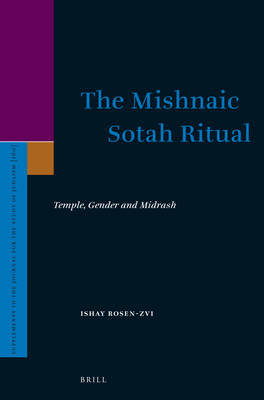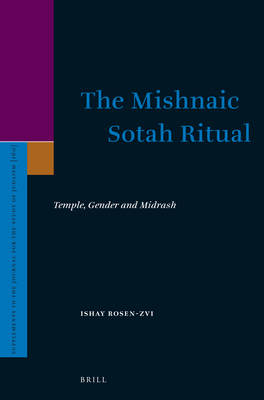
- Afhalen na 1 uur in een winkel met voorraad
- Gratis thuislevering in België vanaf € 30
- Ruim aanbod met 7 miljoen producten
- Afhalen na 1 uur in een winkel met voorraad
- Gratis thuislevering in België vanaf € 30
- Ruim aanbod met 7 miljoen producten
Zoeken
Omschrijving
This study analyzes the specific textual formation of Mishna Sotah. Diverging significantly from its origins in the book of Numbers, the Mishnaic ritual was traditionally read by scholars as an "ancient Mishna", narrating an actual ritual practiced in the second temple. In contrast to this generally accepted view, this book claims that while Sotah does contain some traditions, its overall composition has a clear ideological and academic form. Furthermore, comparisons with parallel Tannaitic sources reveal the ideological redaction, which carefully selected only those opinions which support its rewriting of the ritual as a public punitive ritual, while rejecting all reservations and opposition to its specific punitive character - even ignoring the possibility of innocence of the suspected adulteress. The author's groundbreaking conclusion is that, regardless of the form the real ritual did or did not take at the temple, the specific Mishnaic ritual was (re)invented by the rabbis in the second century C.E. From its very inception, it was purely textual, reflecting rabbinic imagination rather than memory.
Specificaties
Betrokkenen
- Auteur(s):
- Uitgeverij:
Inhoud
- Aantal bladzijden:
- 304
- Taal:
- Engels
- Reeks:
- Reeksnummer:
- nr. 160
Eigenschappen
- Productcode (EAN):
- 9789004210493
- Verschijningsdatum:
- 11/05/2012
- Uitvoering:
- Hardcover
- Formaat:
- Genaaid
- Afmetingen:
- 155 mm x 235 mm
- Gewicht:
- 632 g

Alleen bij Standaard Boekhandel
+ 552 punten op je klantenkaart van Standaard Boekhandel
Beoordelingen
We publiceren alleen reviews die voldoen aan de voorwaarden voor reviews. Bekijk onze voorwaarden voor reviews.








